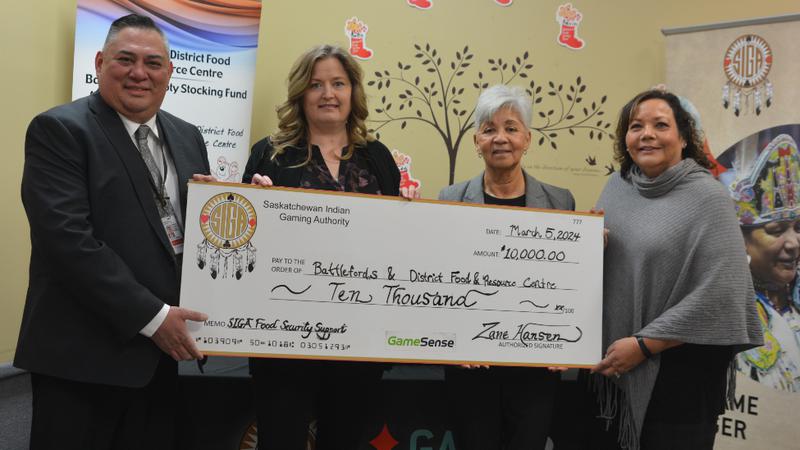
What is the NRTA, and can the government change or scrap it?
Natural resources and jurisdiction have once again become a topic of debate and discussion in Saskatchewan.
It all stemmed from a conversation that took place during a meeting of the Assembly of First Nations (AFN) Chiefs last week, which featured a question-and-answer period with Federal Justice Minister and Attorney General David Lametti.
Lametti was asked by Saskatchewan Chiefs of the AFN on whether he has the authority to rescind the Natural Resources Transfer Agreements (NRTA). Grand Chief Brian Hardlotte of the PAGC later asked that question in the presence of the entire assembly.
“I re-asked the question so that all the Chiefs from Canada would hear that question and that the media would hear that question,” said Hardlotte in an interview with paNOW.


